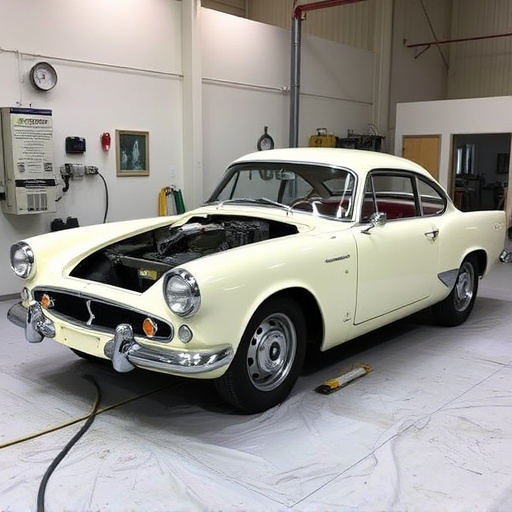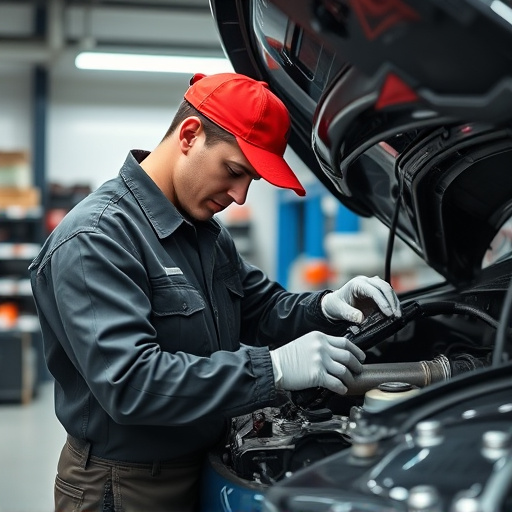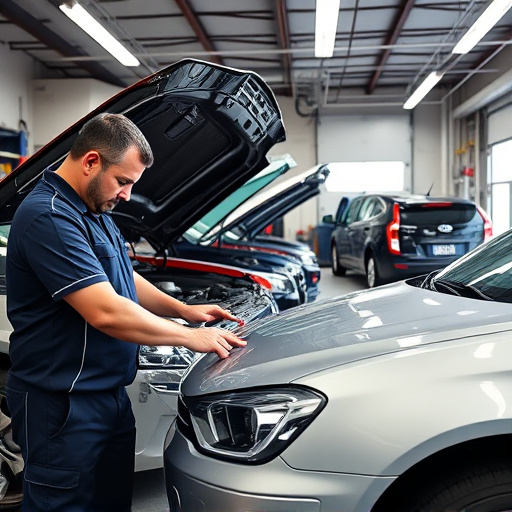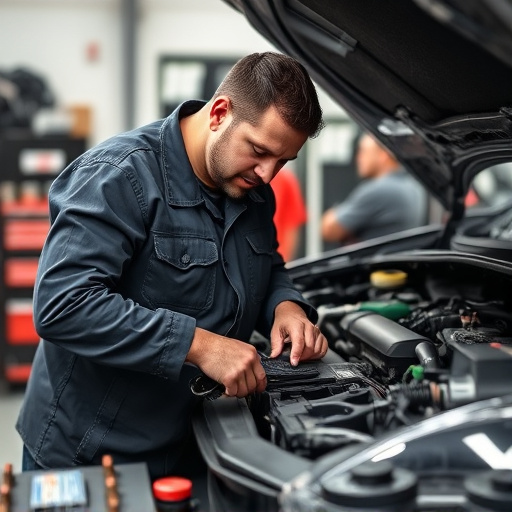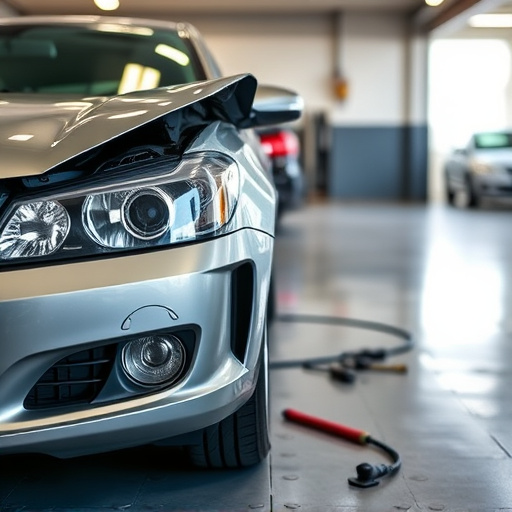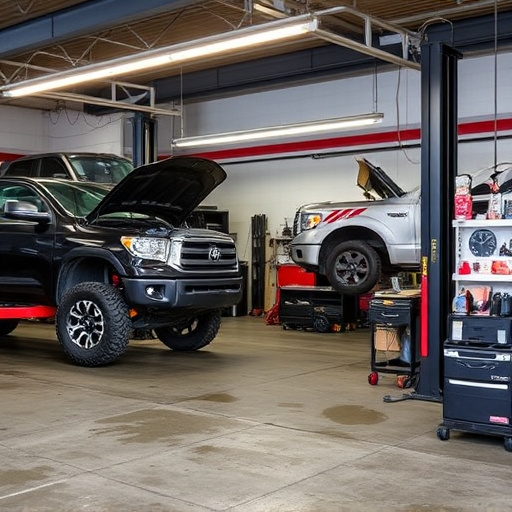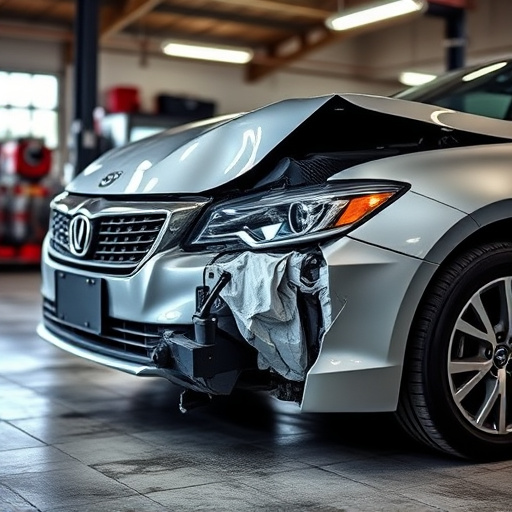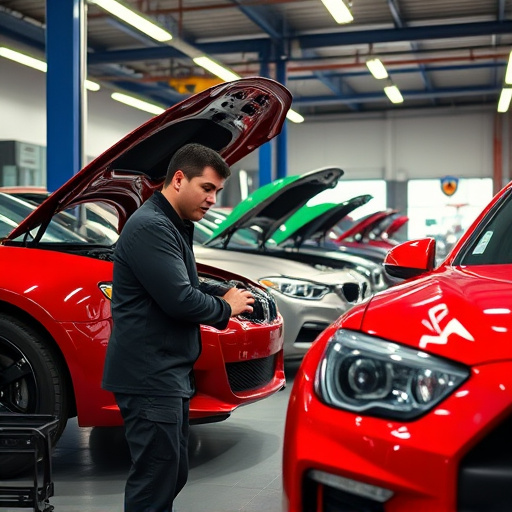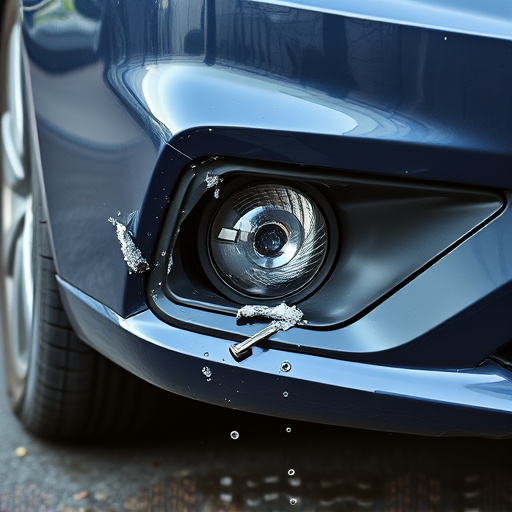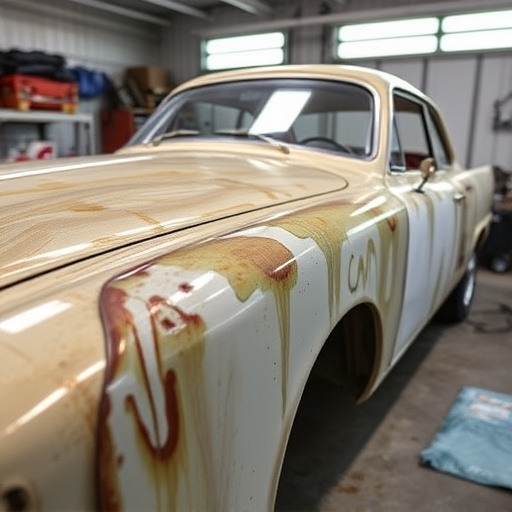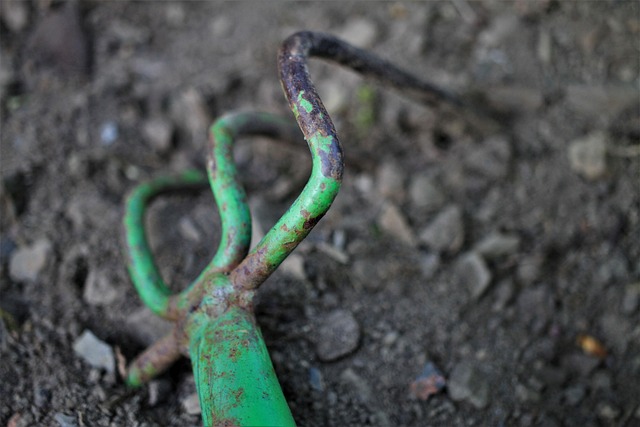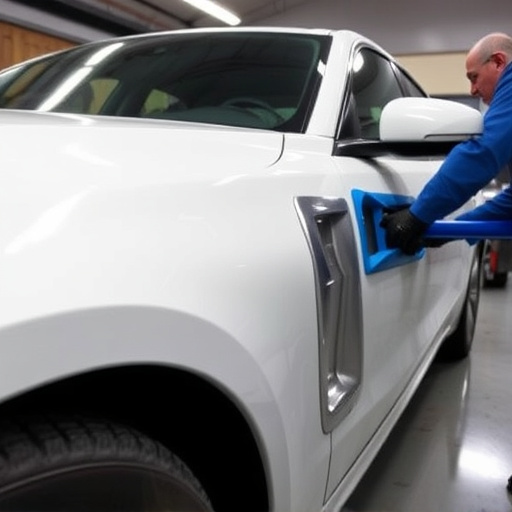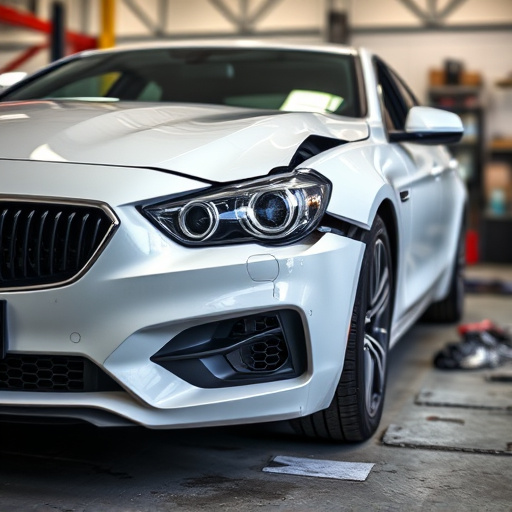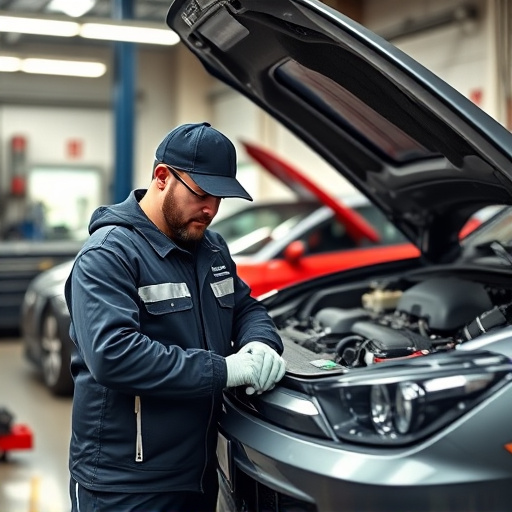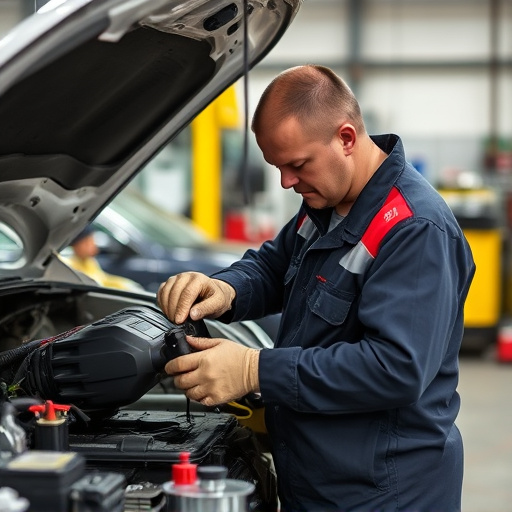Before vehicle crash repair, conduct thorough assessments of damage and safety aspects, including exterior and interior inspections and understanding insurance coverage. Research online for extent of damage and potential repairs by make and model, compare local car repair services for cost estimates, and ensure fair pricing without unnecessary services.
Before diving into vehicle crash repair, ask yourself some crucial questions. “Assess damage and prioritize safety first” is step one; ensure your vehicle is fit for repair or consider replacement parts. Next, “understand your insurance coverage” to know what’s covered and what isn’t. Lastly, “research repairs and cost estimates” to find reputable mechanics and avoid hefty bills. These steps will help guide you through the process of getting your vehicle back on the road safely and affordably.
- Assess Damage and Safety First
- Understand Your Insurance Coverage
- Research Repairs and Cost Estimates
Assess Damage and Safety First
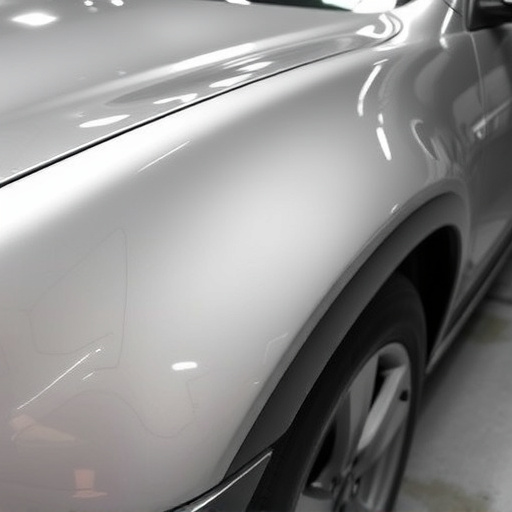
Before diving into any vehicle crash repair, it’s paramount to conduct a thorough assessment of both the damage incurred and the safety of the vehicle. This initial step is crucial in determining the scope of repairs needed and ensuring your well-being. Begin by inspecting the exterior for dents, cracks, or any signs of structural damage. Check for leaks from fluids like oil, coolant, or brake fluid that could pose hazards. Additionally, assess the condition of tires, lights, and windows to ensure they function correctly.
For interior components, verify if the dashboard, airbags, and seatbelts are properly functioning. Look out for any loose or damaged parts that might require replacement. As you proceed, consider involving a professional to access more complex systems like the frame and engine. This comprehensive evaluation will not only guide your vehicle crash repair process but also help in availing the right services, whether it’s car paint repair, collision repair services, or fleet repair services tailored to your needs.
Understand Your Insurance Coverage
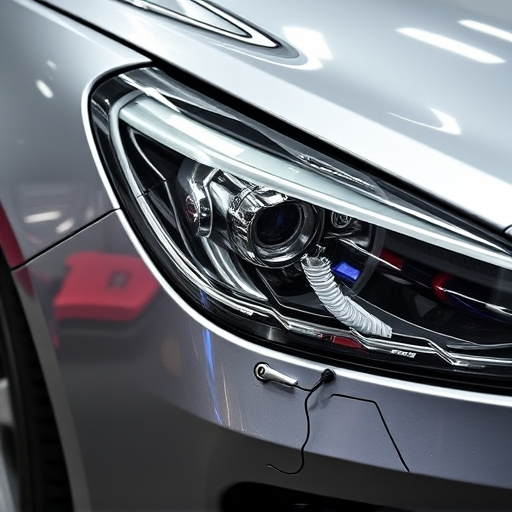
Before diving into vehicle crash repair, it’s crucial to understand your insurance coverage. Every policy is different, and what seems like comprehensive coverage at first glance might have significant deductibles or limitations on specific repairs, such as paintless dent repair. Familiarize yourself with the terms and conditions of your policy, especially regarding collision coverage. This knowledge will help you make informed decisions when it comes to choosing a repair shop and managing costs.
During discussions with potential repair shops, ask detailed questions about their processes for handling insurance claims. Reputable shops should be well-versed in working with various insurers and can guide you on the best course of action. Remember, understanding your policy and the repair process will ensure a smoother experience following a vehicle crash, whether it involves minor car dent repairs or more complex automotive collision repairs.
Research Repairs and Cost Estimates
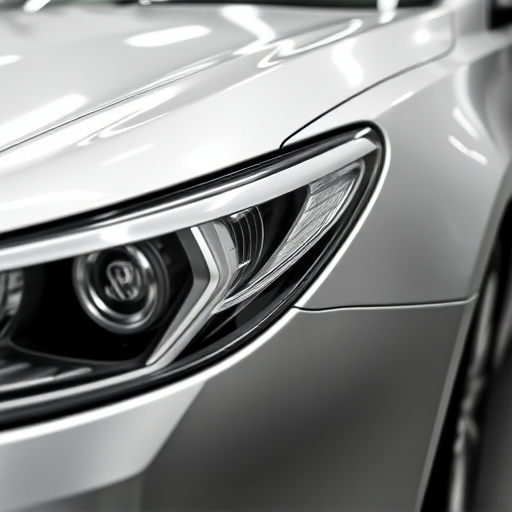
Before diving into any vehicle crash repair, it’s crucial to conduct thorough research. This involves understanding the extent of damage and gathering information about potential repairs needed. Online resources can provide insights into common issues associated with specific makes and models, helping you anticipate costs and necessary procedures.
Additionally, comparing car repair services in your area is essential for getting accurate cost estimates. Websites and reviews offer a glimpse into what other customers are paying for similar repairs, including dent repair. This knowledge empowers you to make informed decisions, ensuring you receive fair pricing for quality work without being oversold on unnecessary services.
Before diving into any vehicle crash repair, it’s crucial to assess the damage and prioritize safety, understand your insurance coverage, and research repairs along with cost estimates. These steps ensure a thorough, informed process for getting your vehicle back on the road safely and economically. By asking the right questions and doing your due diligence, you’ll be better equipped to navigate the complexities of vehicle crash repair.
